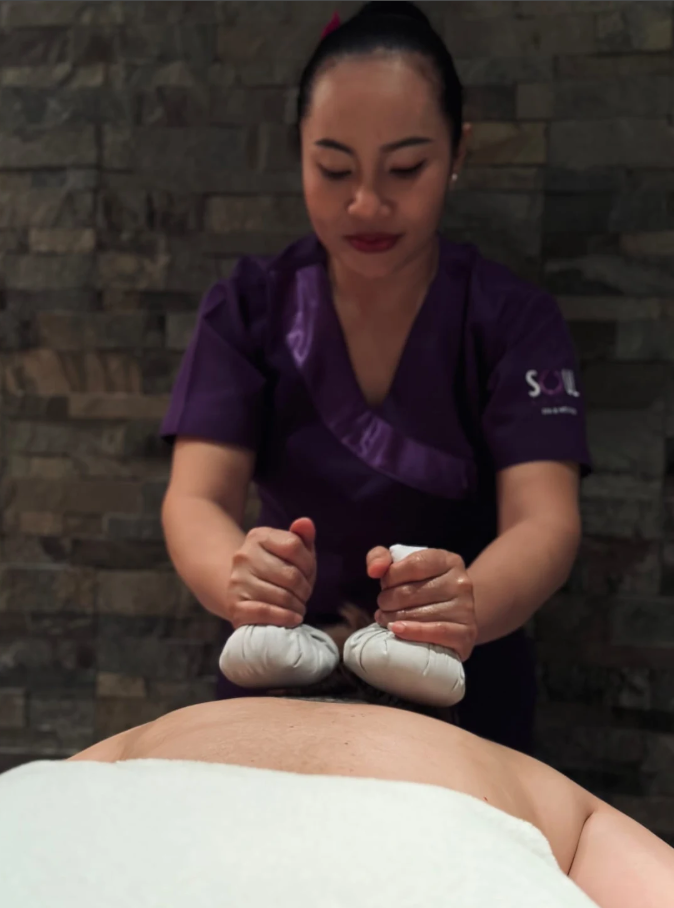Whether you’re starting a fitness journey or updating your workout gear, one of the most common confusions is choosing between running shoes and training shoes. At first glance, they might look similar, but they are designed for completely different purposes. Picking the wrong pair can affect your performance and increase your risk of injury.
In this blog, we’ll break down the differences between the two and help you understand when to go for the best running shoes and when training shoes are more appropriate.
What Are Running Shoes?
Running shoes are specifically designed for forward motion. They’re built to support repetitive heel-to-toe movements and provide cushioning to absorb the impact of each step. The best running shoes come with advanced shock absorption and responsive midsoles, helping you run longer without discomfort.
Key Features:
- Lightweight and breathable upper material
- Extra cushioning in the heel and sole
- Arch support for long-distance comfort
- Designed for repetitive motion in one direction (forward)
Best For:
Outdoor runs, treadmill workouts, marathons, jogging, road running, and long-distance cardio.
What Are Training Shoes?
Training shoes are made for versatility. They support a wide range of movements including jumping, cutting, side shuffling, weight lifting, and short runs. They provide lateral stability and a flatter sole to keep you balanced during gym workouts.
Key Features:
- Stable and wide base for balance
- Lower heel drop for better contact with the ground
- Reinforced sides for side-to-side movement
- Multi-directional traction for grip
Best For:
Gym workouts, weight training, CrossFit, HIIT, agility drills, and short sprints.
Key Differences Between Running Shoes and Training Shoes
Let’s break down the core differences:
| Feature | Running Shoes | Training Shoes |
|---|---|---|
| Movement Support | Forward motion | Multi-directional |
| Cushioning | High (especially at heel) | Moderate |
| Sole Design | Curved for heel-to-toe transition | Flat for better ground contact |
| Flexibility | More flexible in toe area | More supportive on sides |
| Weight | Usually lighter | Slightly heavier for added stability |
| Ideal Use | Long-distance running | Strength and agility workouts |
Can You Run in Training Shoes?
Technically, yes — you can run short distances in training shoes, but it’s not ideal. They don’t provide the shock absorption or heel support needed for long-distance runs. Over time, this could lead to shin splints, joint pain, or even stress fractures.
So if running is your main form of exercise, it’s worth investing in the best running shoes for comfort and performance.
Can You Train in Running Shoes?
Again, yes — but only for very light workouts. Running shoes lack the lateral stability required for weight training, squats, or side-to-side movements. Wearing them for gym workouts could lead to ankle rolls or unstable lifting.
If your fitness routine is more gym-based or includes diverse movements, training shoes are a smarter and safer option.
How to Choose the Right Shoe for You
To decide which shoe you need, consider the following:
- Are you a runner?
If your workout routine mostly includes jogging or long-distance running, go for the best running shoes that offer excellent heel cushioning and breathability. - Are you a gym-goer or CrossFit fan?
You’ll benefit more from training shoes that support lateral movements, stability, and weight lifting. - Do you mix both?
Consider owning both types. Use running shoes for your cardio days and training shoes for strength and mobility workouts.
Why the Right Shoes Matter
Wearing the wrong shoes may not seem like a big deal — until it starts affecting your body. Using training shoes for running can increase pressure on your knees, while running shoes in the gym can lead to instability during strength training.
Here’s how the best running shoes can make a difference:
- Improve your posture while running
- Reduce risk of foot and knee injuries
- Enhance your performance and endurance
- Offer long-term comfort for regular runners
Conclusion
Both running shoes and training shoes serve different purposes, and understanding the difference can help you make an informed decision. If your focus is on distance running, always invest in the best running shoes tailored to your gait and running style. For weight training or gym workouts, training shoes are designed to give you the support you need.
Choosing the right footwear ensures better performance, fewer injuries, and more enjoyable workouts.
FAQs
1. Can I use running shoes for gym workouts?
Only for light workouts or treadmill running. For lifting or side-to-side movements, training shoes are better.
2. What are the signs I need new running shoes?
Worn-out soles, loss of cushioning, or discomfort while running are clear signs it’s time to replace them.
3. How often should I replace my running shoes?
Typically every 500–800 kilometers, depending on your running style and shoe quality.
4. Are expensive running shoes always better?
Not necessarily. Focus on comfort, fit, and your running style. The best running shoes are the ones that suit you the most.
5. Can I wear training shoes for walking?
Yes, they’re fine for short walks or casual use, but for long walks, walking or running shoes offer more support.












